
Summer: The season for excitement about travel adventures, afternoons at the pool, and the sounds of laughter from neighborhood barbecues.
As a Certified Personal Trainer and Certified Nutrition Coach, I recognize that summer can also come with a heightened level of anxiety. There can be self-consciousness about toning up for “bathing suit season”—but also, as a former California firefighter who’s worked at the height of wildfire season, I’m familiar with the unease about wanting to stay safe, and needing to stay active, even when there’s excessive heat in some parts of the country.
No matter what your questions are about summertime fitness, the season calls for some modifications to your workout routine. You should discuss any questions about your diet, fitness, medications, or lifestyle routine with your doctor. In the meantime, here are the tweaks I recommend for summer workouts that will help you feel awesome all season.
5 Diet Changes You Should Make Before Summer, from a Nutritionist
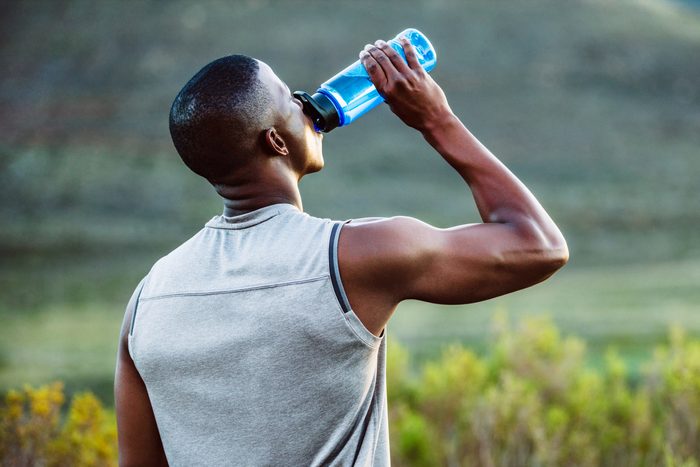
1. Hydrate
This may go without saying, but longer sunlight hours and greater heat mean your body is going to shed larger quantities of water—especially when you work out. Neglecting appropriate hydration before a workout, or failure to manage replacement of fluids lost during exercising, can put excessive strain on your body and can manifest in issues like fatigue, confusion, heat exhaustion, and at worst heat stroke. Poor hydration can also affect your overall workout performance.
The National Academy of Medicine suggests a daily water intake of 13 cups for men 19 years and older, and nine cups for women 19 years and older, while emphasizing that these amounts can change based on body size, health, and activity levels.
If you’re unsure about whether or not your fluid replacement is adequate in these hotter months, the Centers for Disease Control and Prevention (CDC) says observing your urine color can be a quick and easy gauge, with lighter shades of yellow typically indicating appropriate hydration levels.
The 3 Best Hydrating Beverages That Aren’t Water, from a Certified Sports Dietitian
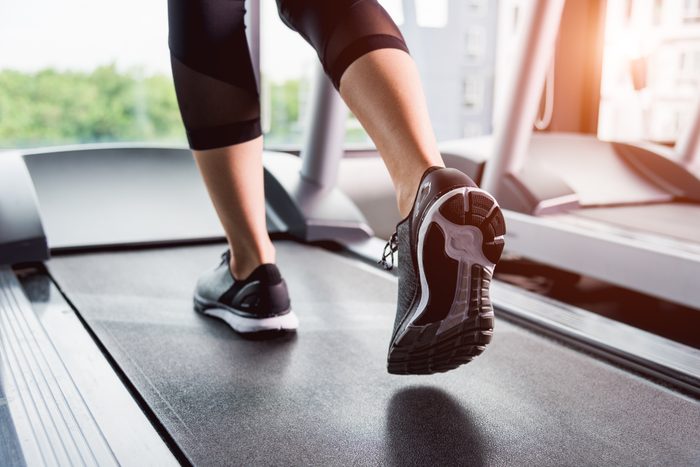
2. Change your workout times and/or location
If you’re living in the desert regions of Arizona and accustomed to that lunch break run, you may be rethinking your routine. Avoiding times of excessive heat is essential for maintaining your core body temperature, which means people in certain parts of the country should be moving their workouts indoors to the air conditioning or finding alternative times of day to break a sweat. If your gym is going a little conservative on cranking up the the A/C—which can happen sometimes—think about speaking with the manager or dropping a note in the comment box.
On the other hand, if you live in an area where you’re still thawing out from winter, this may be the perfect time to take advantage of the benefits of outdoor exercise. The bottom line is to pay close attention to your summer weather patterns and adjust your current routine to make sure you’re staying safe and cool.
Spending This Much Time Outside Each Day Could Make You Live Longer
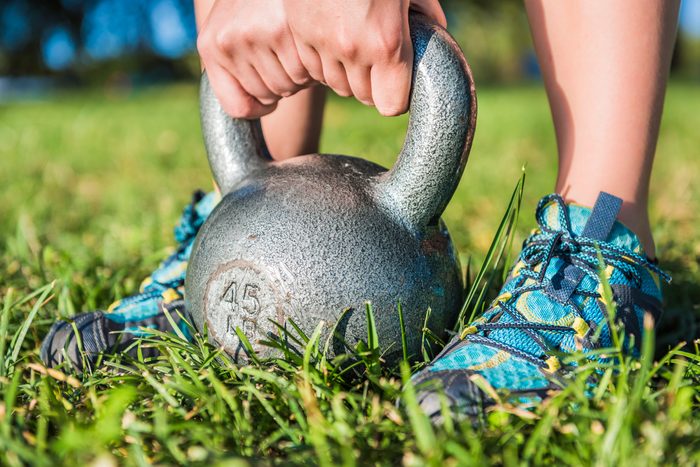
3. Resistance Train
If you want to lose weight and tone up for summer, resistance training—such as lifting weights or incorporating a resistance band into your workouts—can be a great workout addition that can help you get the results you’re looking for, while adding a host of additional benefits. Research shows no other type of workout can sculpt your shape as effectively. Strength-training can also provide a nice switch from super-sweaty cardio!
Studies have shown that resistance exercise can be beneficial in the preservation of both bone and muscle mass. Plus, impressively, a 2018 study published in the peer-reviewed journal, Medicine and Science in Sports and Exercise, found an association between low muscle strength and an elevated risk of all-cause mortality.
For these reasons, resistance training is an exercise modality that is highly recommended for all individuals who are deemed healthy enough by their physicians. Not only can it help you to slim down, but it can benefit your overall long-term health and well-being.
8 Health Problems That Can Be Improved with Strength Training
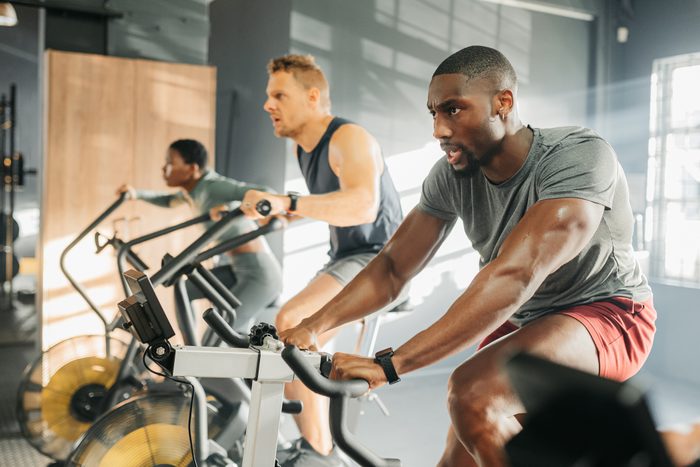
4. HIIT (High Intensity Interval Training)
The name can be intimidating, but the benefits can be substantial. HIIT training is a form of training that incorporates intense bouts of anaerobic activity (think max effort), followed by short periods of rest.
This form of exercise can result in greater levels of EPOC (Excess Post-Exercise Oxygen Consumption), which is a fancy way of saying that you burn more calories after your workout than you would through steady-state exercise, like running. Stoking your calorie-to-energy conversion with just one to two HIIT workouts per week can help you see faster weight loss results.
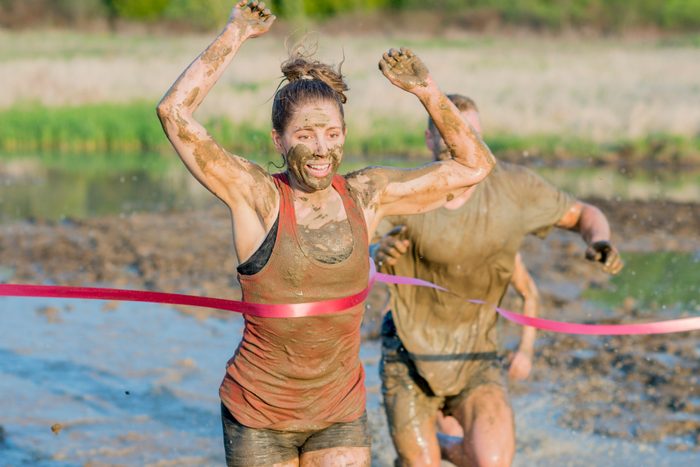
5. Sign up for an event
From mud-runs to triathlons, the summer months are often a popular time for local races and activities. Signing up for an event can be a fantastic motivator for adherence to a new or existing exercise routine. Having a target goal can keep you focused and can put more meaning behind the daily workouts.
Whether it’s a 5K walk or your first marathon, the recommendation is to find something challenging, but doable. Not only can this help you stay motivated, it can also amp up your confidence and serve as a stepping stone for even bigger achievements.

6. Find community
With many local exercise groups and communities ramping up during the summer, it can be the perfect time to spread your wings and surround yourself with people who share your interests. Like to run? Find a running club. Interested in hiking? Find a hiking group. Even starting a bird-watching club, a community garden, or seasonal litter removal day in your neighborhood can get you moving and build camaraderie.
No matter what exercise routine you’re into, you might find out there’s a group of people around you who share your passion…or, you could inspire them to get out and try something new! Finding workout partners or groups can help you to stay motivated and accountable to your routine, while also building relationships with like-minded people. In fact, there’s scientific evidence that exercising with a group may maximize the benefits of your fitness efforts.
Keep up to date on all things health and wellness with The Healthy @Reader’s Digest newsletter and follow The Healthy on Facebook, Instagram, and Twitter. Keep reading:
- 6 Habits That Secretly Annoy Your Therapist…According to Therapists
- What Is ‘Secondhand Stress’? Here’s What It Means, Plus 5 Ways to Manage
- Here’s How Often You Need To Vacation To Prevent Premature Death, Says Overwhelming Research
- New Research Says This “Healthy” Tea May Actually Cause Liver Damage

